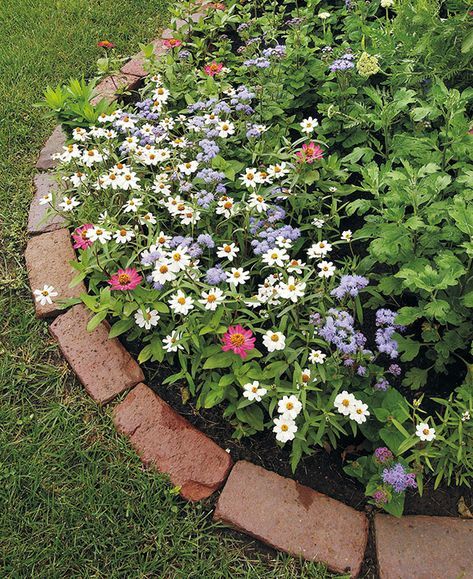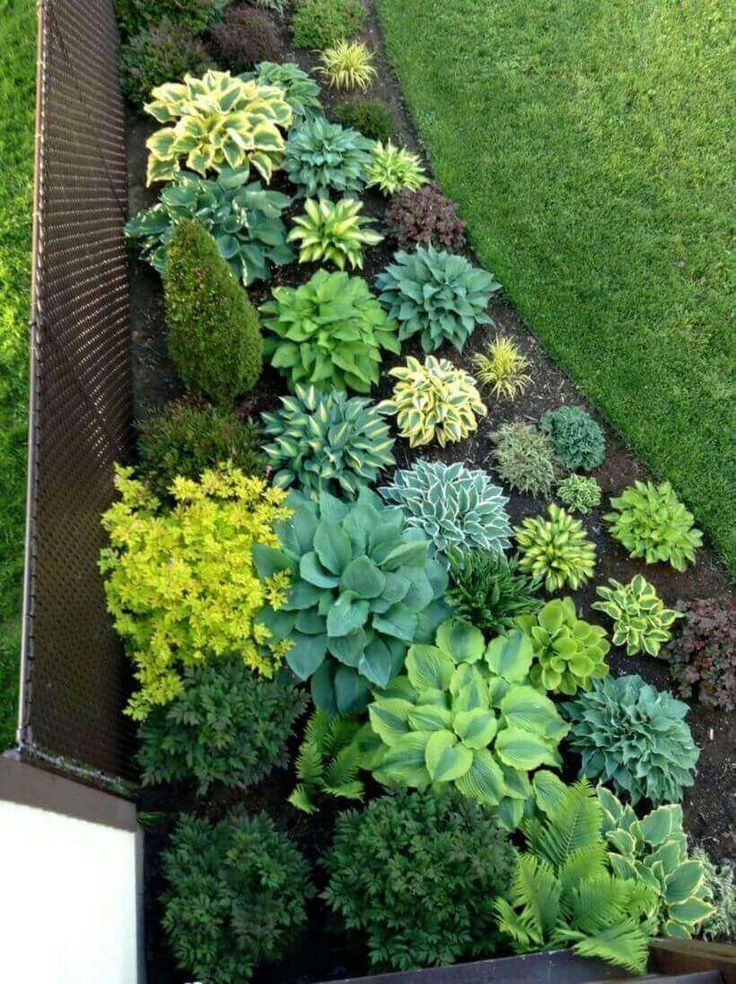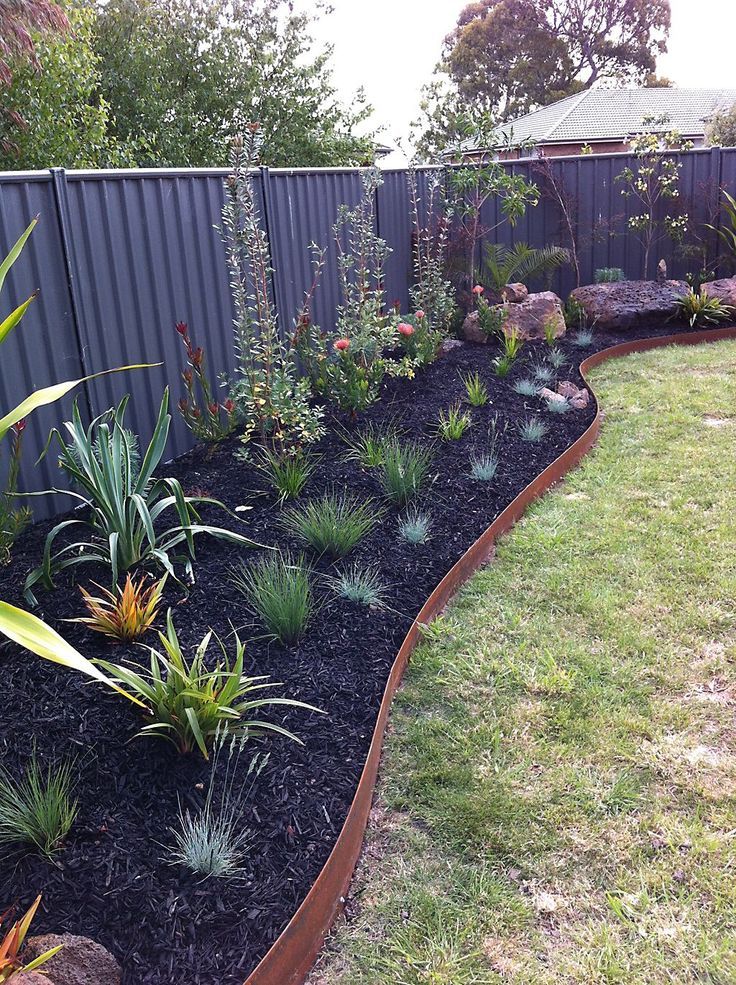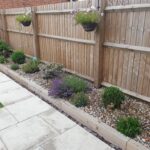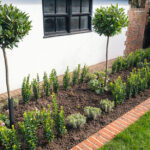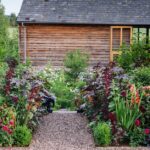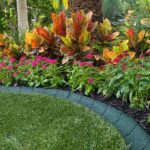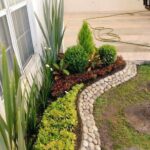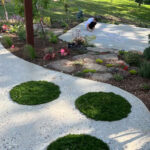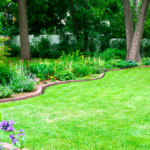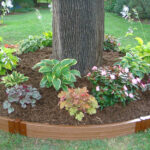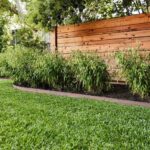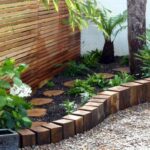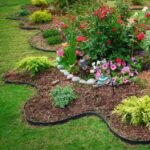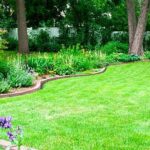Garden design edging is an essential aspect of creating a well-structured and visually appealing outdoor space. Edging not only helps define the different areas of your garden, such as flower beds, pathways, and lawns, but it also helps to keep the garden looking tidy and well-maintained.
There are a variety of materials that can be used for garden edging, each with its own unique look and benefits. One popular option is to use natural materials such as stones or rocks. These can be arranged in a decorative pattern along the edges of flower beds or pathways, adding a touch of rustic charm to the garden.
Another common choice for garden edging is metal edging. Metal is a durable and long-lasting material that can be used to create clean, straight lines along the edges of lawns or flower beds. It is also versatile, as it can be easily shaped and bent to suit the contours of your garden.
For a more modern and contemporary look, many people opt for concrete or brick garden edging. These materials are durable and can be easily molded into different shapes and patterns. Concrete and brick edging can also be painted or stained to match the overall color scheme of your garden.
In addition to the aesthetic benefits of garden edging, it also serves a practical purpose. Edging helps to prevent grass and weeds from encroaching on flower beds or pathways, reducing the need for constant weeding and maintenance. It also helps to retain mulch or gravel in flower beds, preventing it from spilling onto the lawn.
When choosing garden edging for your outdoor space, consider the overall style of your garden as well as the practical requirements. Whether you opt for natural materials like stones, metal edging for a clean look, or concrete for a modern feel, the right edging can help to elevate the beauty and functionality of your garden.
